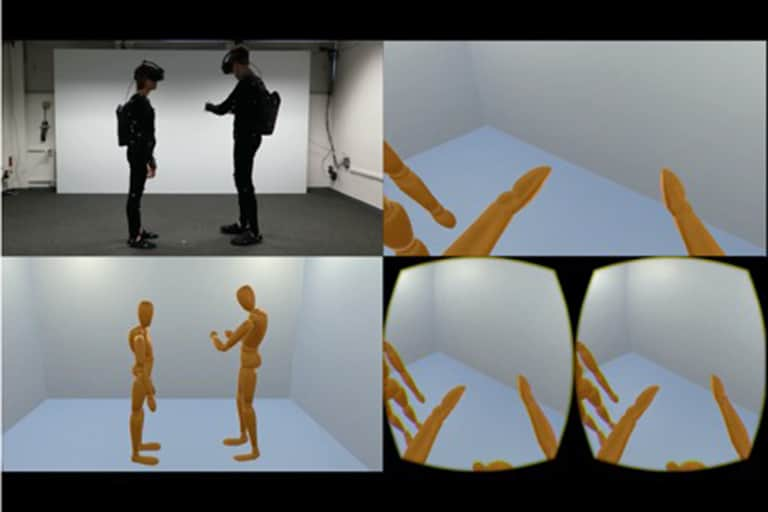NextGen Media Innovation Lab
As the only public broadcaster granted an experimental ATSC 3.0 license by the FCC, researchers at MSU are exploring the future of TV. Teams at ComArtSci and WKAR and working together to study outcomes related to education and public media content.
Grand Opening of the NextGen Media Innovation Lab
View a video of the opening of the NextGen Innovation Lab
WKAR Public Media and the College of Communication Arts & Sciences at Michigan State University opened a new lab to study ATSC 3.0 broadcast technology on September 18, 2019.
Featured News
NextGen Media Innovation Lab Opens for Experimental Work with Cutting-Edge Broadcast Technology
WKAR Public Media, Michigan State University and the College of Communication Arts and Sciences opened the NextGen Media Innovation Lab on Thursday, Sept. 19. The new lab will explore applications of the newest television broadcasting standard, ATSC 3.0 technology, or NextGen TV. Combining the capabilities of broadcast technology and high-speed internet, NextGen TV offers broadcasters a way to distribute highly customized, accessible and interactive content over the airwaves.
Read moreWhat is NextGen TV and ATSC 3.0?
Based on a new set of digital TV standards called ATSC 3.0, NextGen TV adds internet-style information and interactivity, plus advanced technologies, such as 4K ultra high-definition video and multichannel, immersive audio, to over-the-air television broadcasts. Watch the video to learn more.
ATSC 3.0 Demos and Presentations
View a video of ATSC 3.0 demos and presentations
Exploring applications of NextGen TV ATSC 3.0 broadcast technology in the new Media Innovation Lab at Michigan State University. Presentations include: Gaian Solutions-Chandra Kotaru, ATSC 3.0 Applications for Emergency Alerting-Fred Engel, MSU Mobility Research-Shelia Cotten, ATSC 3.0 Applications for Educational Content-Mark Corl.
WKAR Public Media

WKAR Public Media is the Michigan capital region source for award-winning original television and radio, and the best from PBS and NPR. NextGen Media Innovation Lab merges the best of broadcasting and broadband and is a new research facility within WKAR on the MSU campus.
College of Communication Arts and Sciences + WKAR
College of Communication Arts and Sciences + WKAR
404 Wilson Road
East Lansing, MI
517-355-3410




